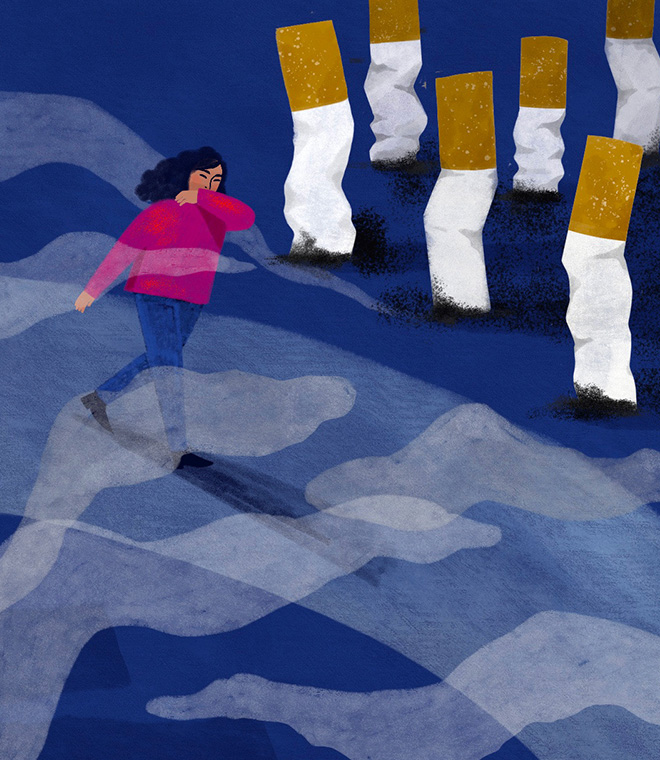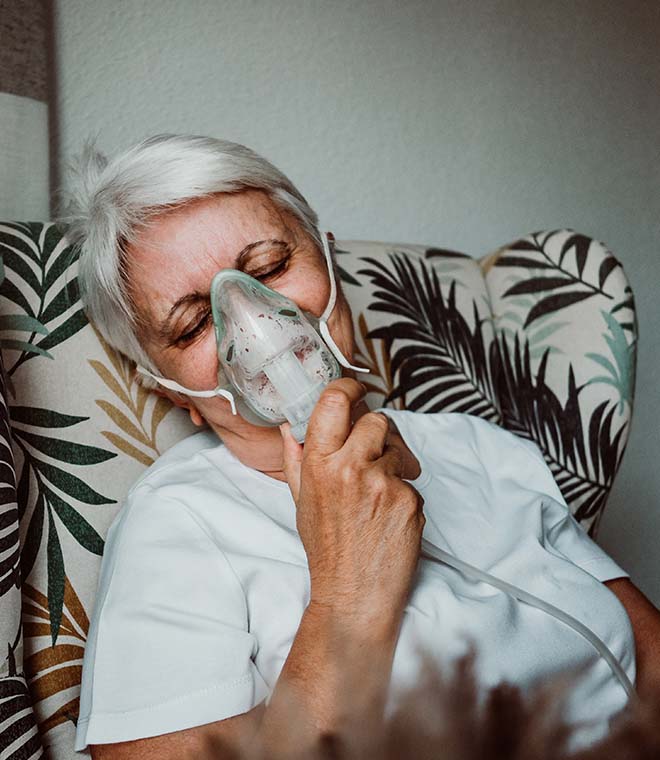Health
Early signs of lung cancer
By Nancy Kupka, PhD, RN Sep 27, 2022 • 6 min
Lung cancer is the leading cause of death from cancer in the U.S.
However, the earlier lung cancer is found, the more likely it is to be successfully treated. Here we'll discuss signs of lung cancer and how the disease is diagnosed.
What does lung cancer feel like?
Unfortunately, you can't feel a tumor in your lungs, and most lung cancers do not cause any symptoms until they have spread. Lung cancer begins in the lungs and may spread to lymph nodes or other organs in the body, such as the brain. Cancer from other organs may also spread to the lungs.
The symptoms of lung cancer are similar among men and women, but the rates of diagnosis differ, with a trending increase in lung cancer among women. People with lung cancer usually first see their family doctor with symptoms that can be caused by a host of other illnesses. Early signs of lung cancer do occur but are often similar to symptoms of other conditions.
Symptoms of lung cancer
The most common early symptoms of lung cancer include:
- A cough that does not go away or gets worse over a long period of time
- Coughing up blood-tinged or rust-colored spit or phlegm
- Infections, such as bronchitis and pneumonia, that don't go away or keep coming back
- Shortness of breath or wheezing without a history of respiratory problems or a cold
- Chest pain that is often worse with deep breathing, coughing or laughing
- Hoarseness or trouble speaking
- Loss of appetite and unexplained weight loss
- Tiredness or weakness
- Swelling of the glands in your chest and neck
Lung cancer symptoms can also affect other parts of your body, but this is usually a result of cancer spreading to those other areas. These symptoms might include:
- Bone pain, like hip pain or back pain, or fractures with or without injury
- Neurological symptoms, such as headache, weakness or numbness of an arm or leg, dizziness, balance problems or seizures
- Jaundice (yellowing of the skin and eyes), which can occur when cancer spreads to the liver
- Swelling of the lymph nodes
- Blood clots
Some lung cancers can cause specific groups of symptoms known as syndromes. Some of these syndromes, like Horner's syndrome, impact the nerves of the eye and part of the face, causing drooping or weakness of one upper eyelid, a small pupil and decreased sweating on the same side of the face. Other syndromes, like superior vena cava syndrome, can lead to swelling in the face, neck, arms and upper chest, as well as headaches, dizziness and a change in or loss of consciousness. Paraneoplastic syndromes, for instance, make hormone-like substances that enter the bloodstream and cause problems in distant tissues and organs, even though the cancer has not spread to those places.
How is lung cancer diagnosed?
To diagnose lung cancer, your healthcare provider will ask about your health history and symptoms, conduct a thorough clinical evaluation and a variety of tests. The only recommended lung cancer screening test is low-dose computed tomography (also called a low-dose CT scan or LDCT). LDCT combines special X-ray equipment with sophisticated computers to produce multiple, cross-sectional images of the inside of the body while using less radiation than a conventional CT scan.
If you have any symptoms of lung cancer, see your healthcare provider for lung cancer screening. Finding lung cancer in its early stages before it spreads often means it responds better to treatment.
Clinically reviewed and updated March 2022.



